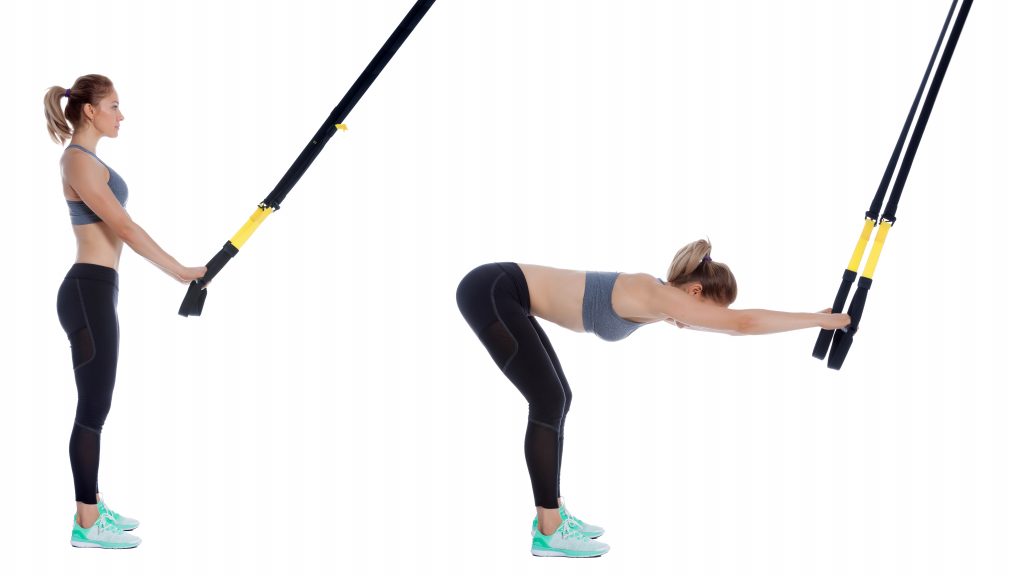Some things, no doubt, are complicated:
- Long division
- The Kreb’s cycle
- Nuclear fission
- Brexit
- Figuring out the plot of West World
- Vaginas
There’s a bevy of examples in the universe.[footnote]Alas, yet another thing that’s complicated. Nay, maybe the most complicated thing.[/footnote]
I’m sure collectively we can think of several hundred (if not thousands) of them.
The hip hinge isn’t one of them.
Or, at least it shouldn’t be.

Trust Me, You Can Do It
The most cogent place to start is to (briefly) explain what a hip hinge is. And to that end I often like to steal a train of thought from renowned strength coach and writer, Dan John:
“The Hip Hinge = Maximal hip flexion with minimal knee flexion.”
Well, that was easy.
Now that we know what it is, why do we care?
In my neck of the woods – strength & conditioning – the hip hinge is the precursor (or base) for a lot of what we do to help make people stronger, faster, and more athletic.
Deadlifting = hip hinge.
Jumping = hip hinge.
But in everyday life, too, the hip hinge pops in to make a cameo appearance:
- Bending over to pick up your child.
- Picking up anything off the ground, really.
- Sitting down.
- Assuming an athletic position in your recreational basketball league. You know, the same league a bunch of your friends asked you to join because it was going to be fun, but then you went a head and missed those two foul shots to lose the championship game, and now everyone hates you. That league.

Photo Credit: STACK.com
Whether you realize it or not, and whether or not it involves lifting heavy things (or your recycling bin), you likely hip hinge many, many, many times per day.
And you’re likely more than proficient at it.
Some (not all) fitness professionals like to make things more complicated than they have to be. When it comes to the hip hinge, really what we’re after is the ability to dissociate hip movement from lumbar movement.
We want to be able to move from the hips with little (if any) movement from the spine; especially when we’re under significant load.
Some fit pros will assess the hip hinge and if it seems wonky or awry they’ll automatically transform into “corrective exercise” mode where said individual will be put through a hefty 17-week program complete with dowel rods, bands, breathing drills, and maybe a Shaolin monk (in worst case scenarios) to set them straight and to fix things.
Now, I am not here to bemoan corrective exercise or to belittle those who take the time to coach up their clients with hip hinge drills.
I mean, I’ve written several blog posts on the topic HERE and HERE, so I’d be a major asshole if I did that.
But, what I would like today’s post to do is to provide a bit of context and to remind coaches that sometimes all people need is a slight nudge or reminder that “x” is what you want them to do.
Again, with a hip hinge, all I’m after is dissociation of hip movement from lumbar movement. If I can get an individual to create tension – or a “flexion moment” – in the anterior core so that they can’t move through their lower back, then my job is done.
This drill is about as simple as I can make it:



